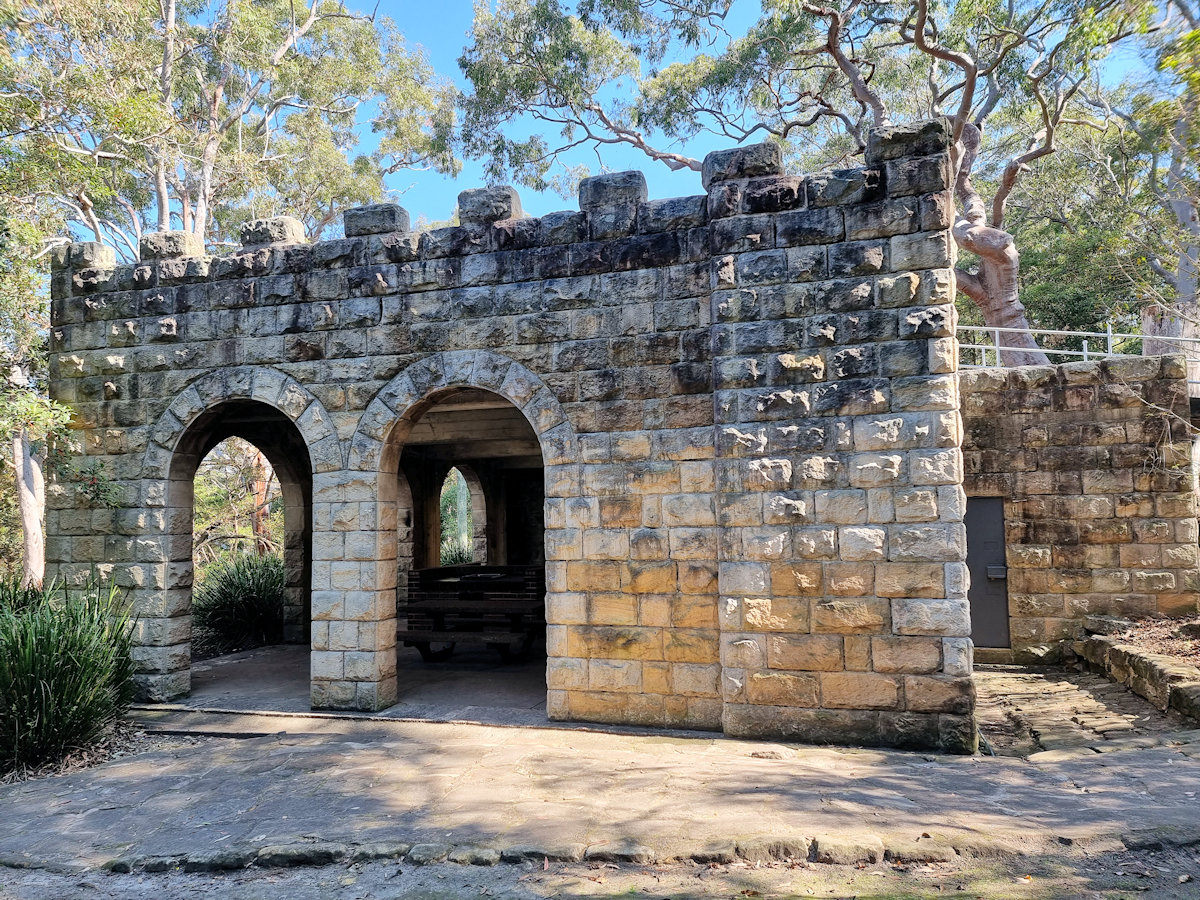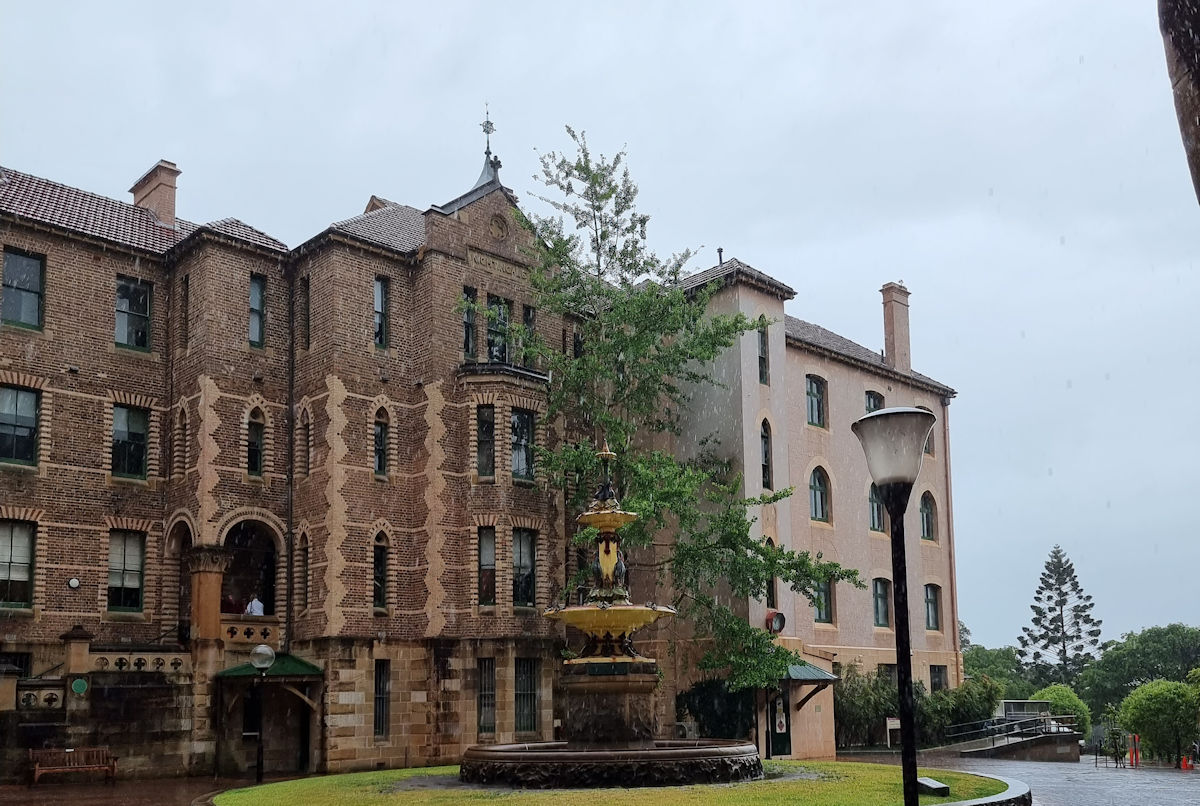Tag: Sydney
-
Zig Zag Railway

Zig Zag Railway Blue Mountains Australia Located in the Blue Mountains of New South Wales, Australia the historic Zig Zag Railway is a unique railway, with its zigzagging track and vintage steam locomotives. Offering an experience of travel in the late 19th century, it’s a must do if visiting Sydney. History The Zig Zag Railway’s… Read more
-
Oatley Park and Castle Australia

Oatley Park, Sydney Australia Overlooking the Georges River, Oatley Park is a sprawling 112-acre reserve offering activities from swimming and walking to picnics and a children’s playground. Dating back to the early European settlement of Australia the land was granted to Thomas Oatley in 1831, who established an extensive vineyard and orchard. However, it wasn’t… Read more
-
Nightingale Wing Sydney Hospital

Nightingale Wing Sydney Hospital Nightingale Wing Sydney Hospital Located in the Sydney CBD, the Nightingale Wing, Sydney Hospital, is a historical building of both medical and architectural significance. Completed in 1869, this sandstone and polychrome-brick Gothic Revival structure is the site of the first nursing school in Australia. History The Nightingale Wing owes its name… Read more